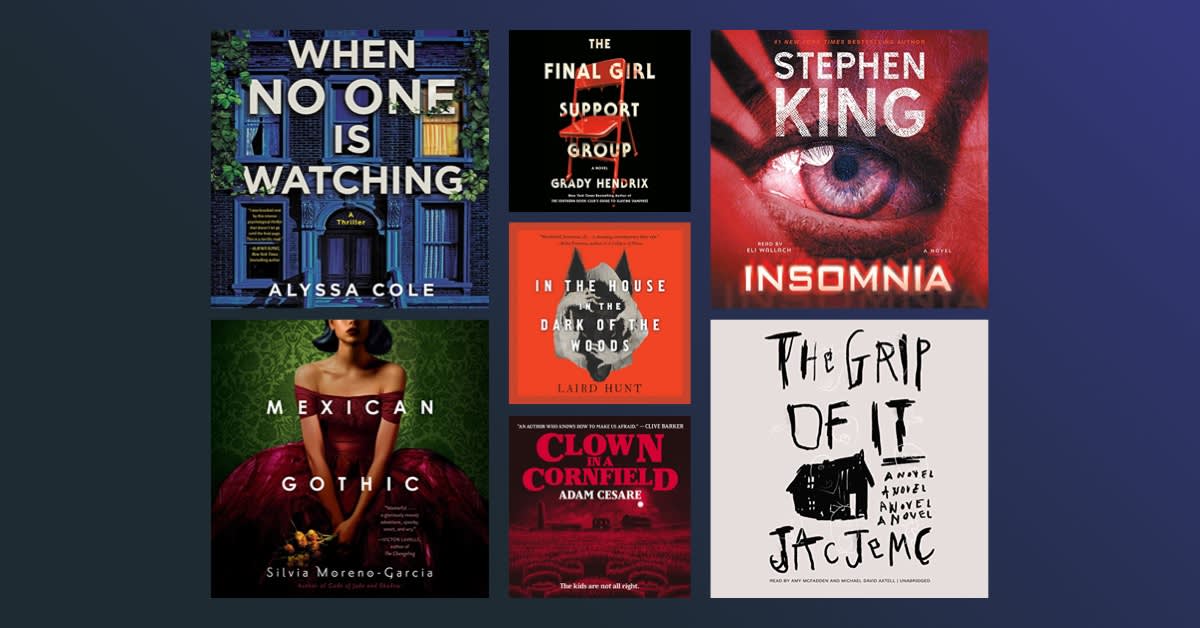Early every November in households across Mexico, Latin America, and around the world, families remember their lost loved ones in breathtaking and profoundly meaningful ways. They celebrate the circle of life while simultaneously recognizing its brevity and beauty. Even children participate in these celebrations as a reminder not to fear death but rather live life to the fullest and never forget the ancestors who came before them. The Day of the Dead, or Dia de los Muertos, has a long and rich history steeped in ancient Aztec traditions and has become a staple of Mexican culture. Whether it is large graveyard celebrations filled with dazzling marigolds, private family altars replete with sugar skulls and treats, or the incredible Day of the Dead parade held in Mexico City, these festivities are something to behold.
Day of the Dead Celebrations and Traditions
The Day of the Dead is anything but sad or spooky. Instead, the festivities are full of vibrant colors, joy, reflection, and celebration. Mexicans everywhere take part in traditions that stretch across thousands of years and customs to commemorate their ancestors and loved ones in some of the most dazzling ways. The belief is that lost loved ones can return to Earth for a short time on this day. The parades and festivals that await their return are a gathering site where they can be reunited, if even for a brief moment.
In the audiobook Coco, inspired by the beloved film, writer Diana Lopez captures the heart-wrenching beauty of this tradition brilliantly. This audiobook is a perfect listen for the whole family on this Day of the Dead.
From November 1st to the 2nd, the veil between the afterlife and the world of the living is thought to be so thin that those who have passed away can come back to visit their family members. To guide those loved ones home across Mexico, or to the homes of Mexican families everywhere, altars—also known as ofrendas—are erected in their memory. These incredible displays are decorated with pictures of these loved ones, sugar skulls, marigolds, and their favorite foods. Among some of the traditional items included in these ofrendas is a sweet treat called pan de muerto, or bread of the dead, and a traditional Mexican drink called atole. Family members also gather in graveyards to decorate the graves of loved ones and have large celebrations full of music and food. These gravesites are decorated with papel picado, lit candles, colorful calacas (skeletons), and seas of gorgeous yellow marigold flowers also called cempasúchil. Another staple of Day of the Dead festivities is La Calavera Catrina. The creation of famed illustrator José Guadalupe Posada, this tall female skeleton wearing a fancy hat is one of the most recognizable images of Dia de los Muertos. This iconic figure is especially popular in parades and large celebrations held in places like Mexico City, Michoacán, and Oaxaca.







